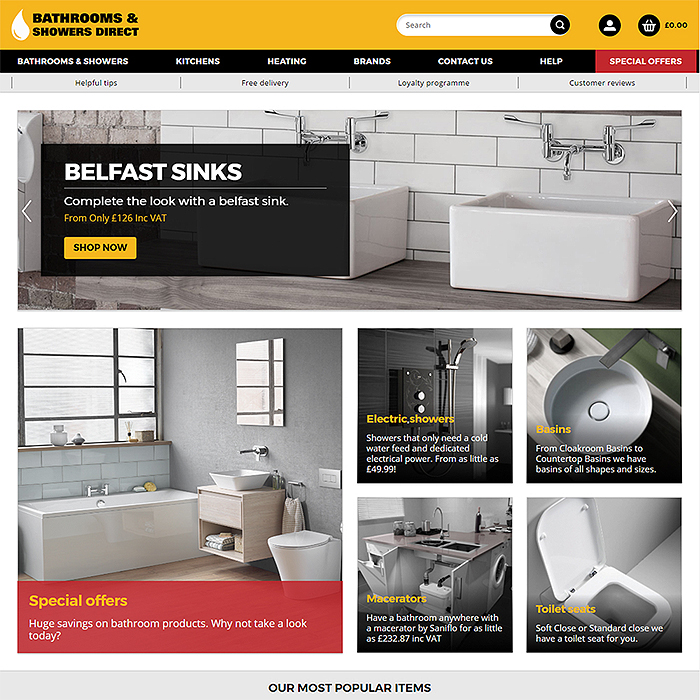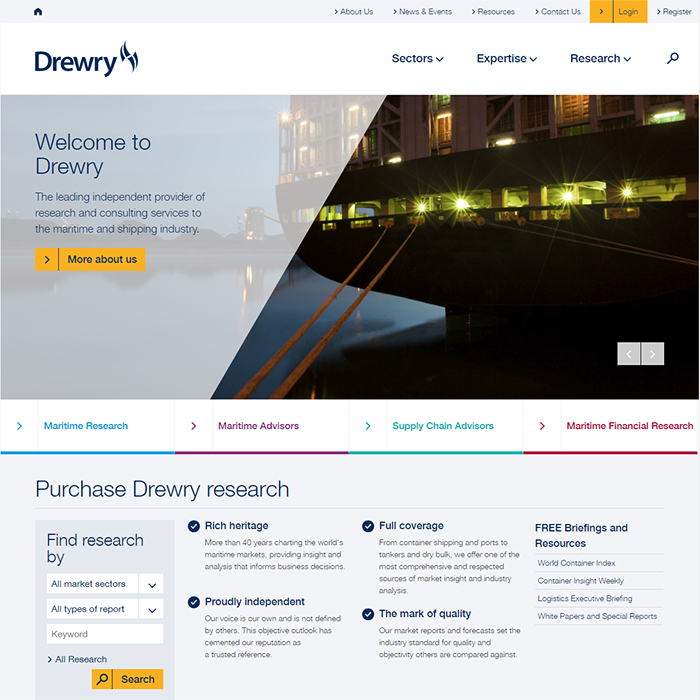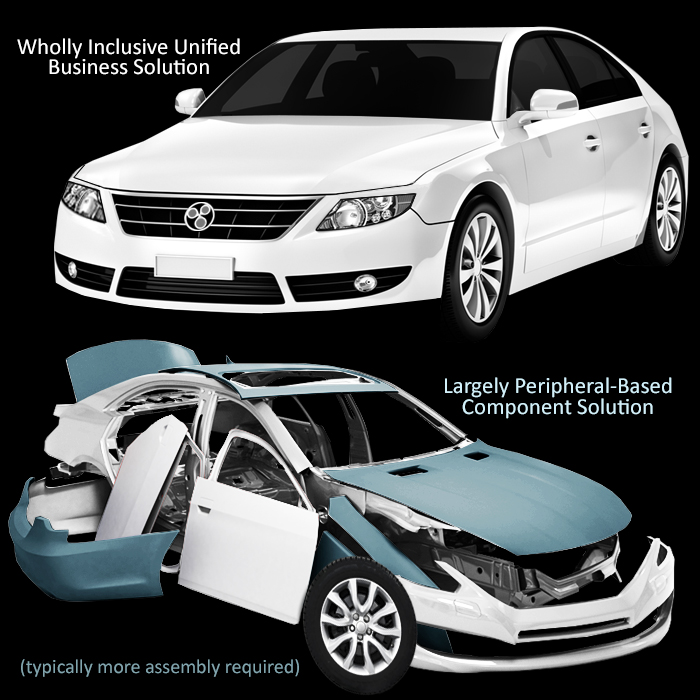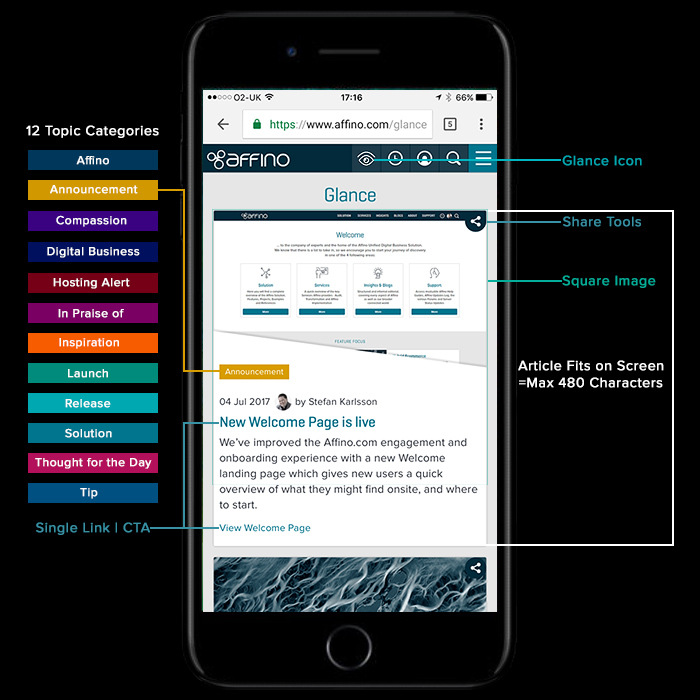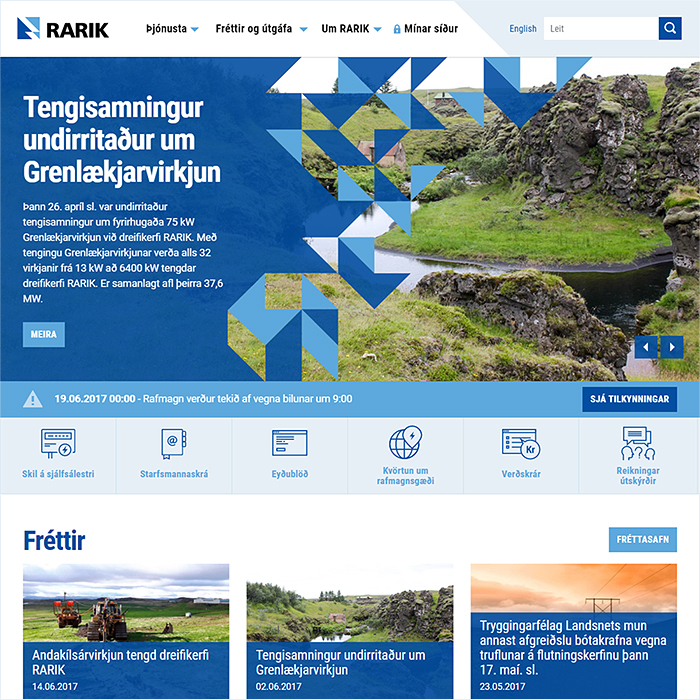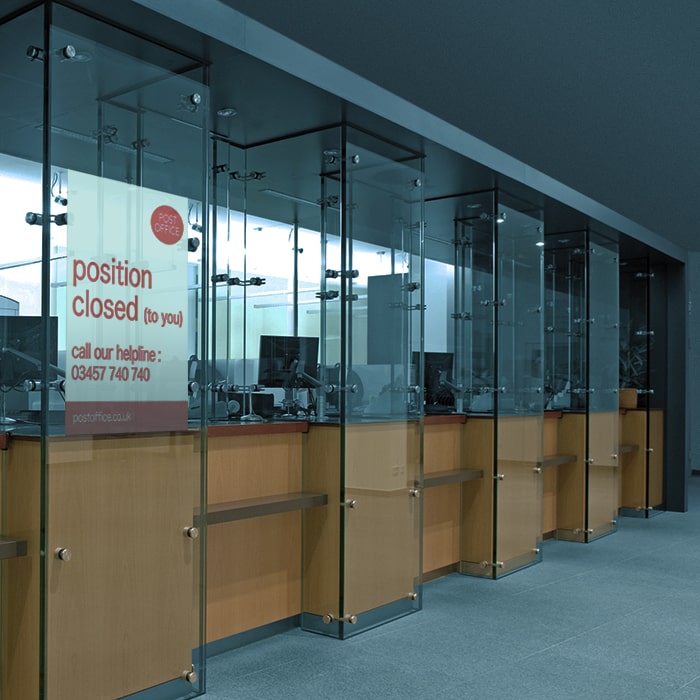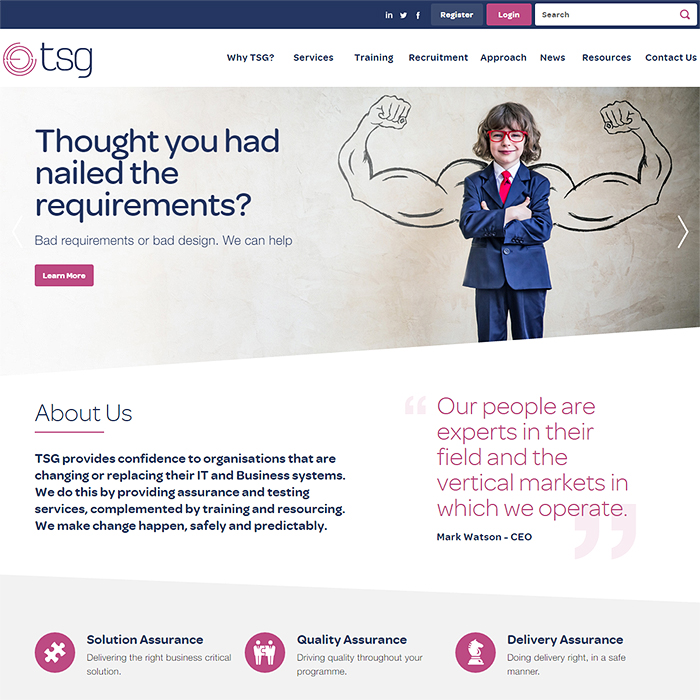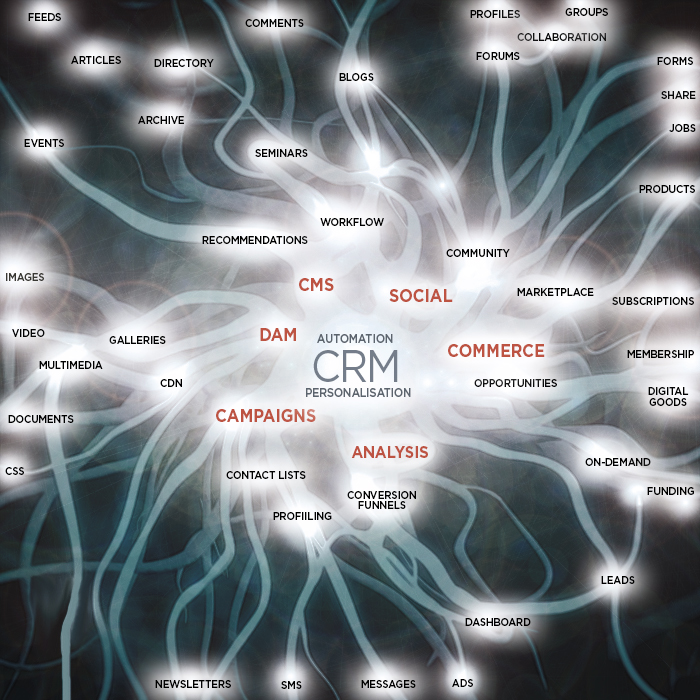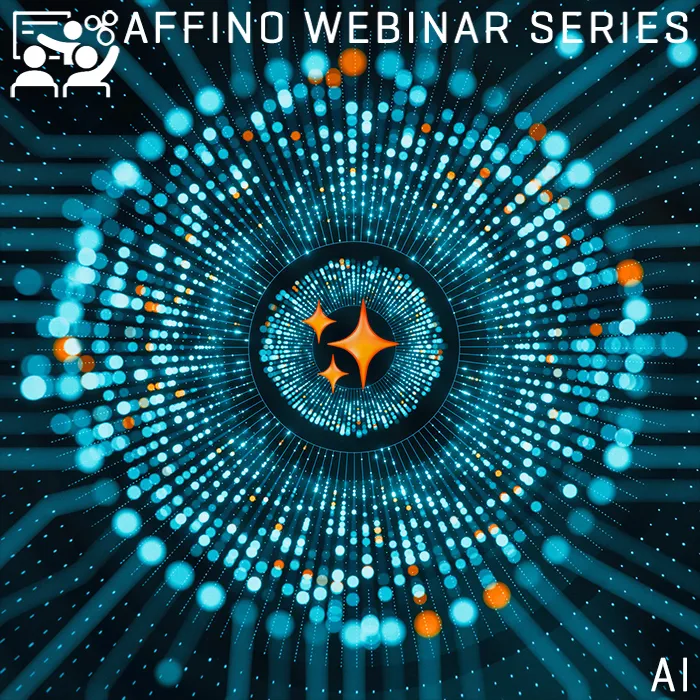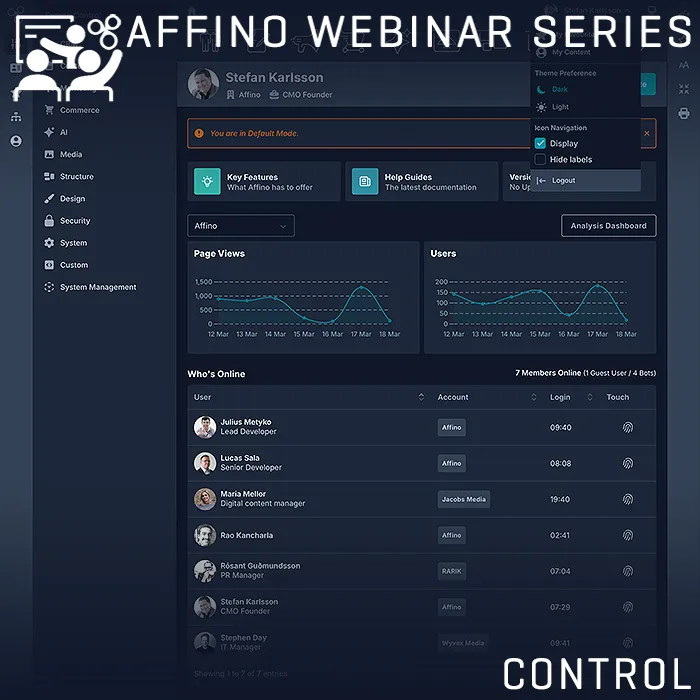Detangling Customer Journeys

Very rarely is the first instance of your website perfect, which is why we typically rely on ongoing iterations to refine and improve the experience. At the outset you are taking a bit of a punt as it were to second-guess consumer behaviour, how they find their way around your site and what activities and actions they engage with.
The start and end of the journey has to be the focus for the actual site end-user. Meaning ’what is the opportunity?’ / benefit for them being on the site, and how this activity resolves to a revenue stream. Far too often the actual end-user gets somewhat forgotten in the goal-setting process, and all the calls to action and activities end up overly biased towards the site’s commercial activities, and towards the interests of the key sponsors.
When Affino is engaged to carry out a site audit, we review exactly what’s in place currently, what the navigation and main landing / hub pages are, which their calls to action, and how everything is joined up for successful traffic control and lead / conversion generation.
We usually break the process down into the 10 following elements:
NAVIGATION
This means top Navigation which usually sits anchored to the top of the screen (sticky navigation) and often makes use of mega-menus. The idea is that all the key parts of the site can be reached logically and rapidly through these menus. Of critical importance here is how you name those key headings - this impacts on both SEO and Usability / Learnability. Get your naming convention wrong, and the customer will struggle to find their way forward.
FLOW / ROUTING
We have a no ’cul-de-sac’ rule for Affino sites in that no page should bottom-out the customer journey - meaning that there should always be relevant links and secondary navigation - ’more features’, ’further reading’ etc. to keep the user onsite and journeying forwards.
RELATIVITY
AKA Related Items or Related Collateral - a system which is baked into Affino, both for manual and automated related links - such that additional supporting documentation, rationale, analysis, reports, feedback, forms etc. are all connected back to the central resource. This means customers have everything they need within easy reach at all times, and can continue their onward journey down several different, but absolutely relevant pathways.
CALLS TO ACTION
As with all Marketing Deliverables, your website must have a series of Calls to Action - on a per page basis. There should be an end-goal for everything on your site - Blog Posts should encourage users to sign up to newsletters or other similar updates. Everything on the site should be engineered to trigger some sort of reaction and action in the consumer, to get them to the next step of the customer ladder. It is important not to have too many choices (cv Option Paralysis), but there should at least be some form of helping the customer get in touch, raise comments or observations and reach out for further feedback.
LANGUAGE
All language use on the site is critical - here we are talking a combination of SEO Taxonomy, NLP (Neuro Linguistic Programming) and Communication Precision. The English language has so many synonymous words that your must make sure you pick exactly the right one for use on your site. Any ambiguity will mean unsatisfactory results. A great part of our time in consultation and strategy is spent of finding the very best ways to say things - so that their meaning is totally clear and perfectly applicable. You need to keep putting yourself in the mind of the customer approaching your site without any prior knowledge of you or your proposition. You can take nothing for granted - clarity and clarity of purpose in particular are critical. Even for local sites you must take into account colloquialisms, semantics and idiomatic use of language.
FORMAT
Way too many people get lost in the wrong format of content or inappropriate layout. The main growth medium currently is mobile - specifically smartphones and specifically portrait, so you should not want to see messages like ’This website is optimized for landscape orientation’ that is just wrong within the current paradigm. Content needs to work well within a fairly narrow viewport, which usually means vertical-scrolling, newsfeed style - with either progressive or infinite scrolling. Having an old-fashioned structure with content in lots of different sections and areas is counterproductive - you are best of having a single stream with filter and refinement options.
CONTENT
As a follow-on from Format, your content needs to be contextually and hierarchically, structurally correct too. Meaning that the Taxonomy and Naming Convention devised for the navigation needs to be carried through and reinforced within the Titles, Teasers and body copy of articles and features. We variously say ’Content is King’ and ’Context is King’ as you need both for a properly functioning site.
MEASURE AND TRACK EVERYTHING
Pin-point your customer journeys - which pages your customers thread their way through, and where the journey comes to an abrupt end. With Affino’s Customer Ladder and Conversion Events you can really track every activity to identify what is categorically not working and what can be improved.
SLIPSTREAMING
For a myriad of reasons traffic will not always go where you intend it to. If you find an unusual page getting lots of eyeballs, you need to leverage this by putting in enhanced sign posts and rerouting, updating the article and making it more relevant. I always apply ’funnel’ methodology into my featured articles where you lead the reader to a particular suggested activity / call to action - to encourage them to explore further at the very least.
TRANSFORMATION
The best websites never stay still, nor do they radically re-invent themselves every couple of weeks. You need to maintain familiarity of context - i.e User Interface - so that consumers are in their comfort zone, but you should not hesitate to make micro-changes all the way - tweak certain parameters for improved effect. As we said at the top, iterations are central to websites, and with Affino you can change things around more smoothly than with most systems. You need to extract maximum utility out of your real estate and keep reviewing traffic routing - where people come into the site and where they exit - to find ways to keep them on for longer, so they are more likely to engage in the activities you need them to ...
Related
How can effective navigation enhance user experience on a website?What strategies improve the flow of customer journeys online?How does clear language impact user engagement and understanding?What metrics should be tracked to optimize website performance?How can content formatting adapt to mobile user preferences?
Did you find this content useful?
Thank you for your input
Thank you for your feedback
Upcoming and Former Events
Webinar - Introducing Affino's Fourth Generation AI Services
Webinar - Enhanced Affino Commerce & Subscription Capabilities
Webinar - All About the New Affino Control Centre
Affino Innovation Briefing 2024
Meetings:
Google Meet and Zoom
Venue:
Soho House, Soho Works +
Registered Office:
55 Bathurst Mews
London, UK
W2 2SB
© Affino 2025








